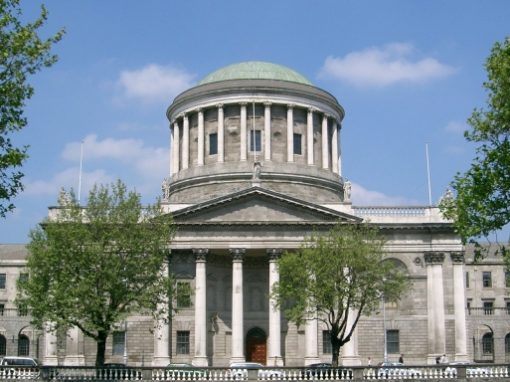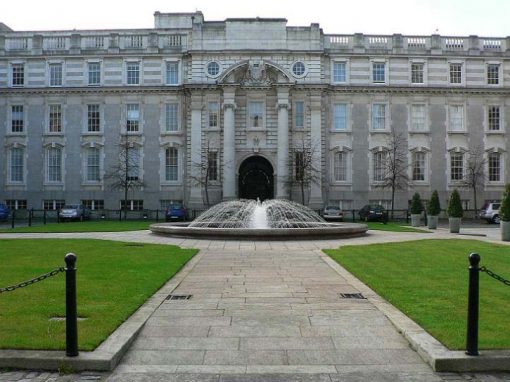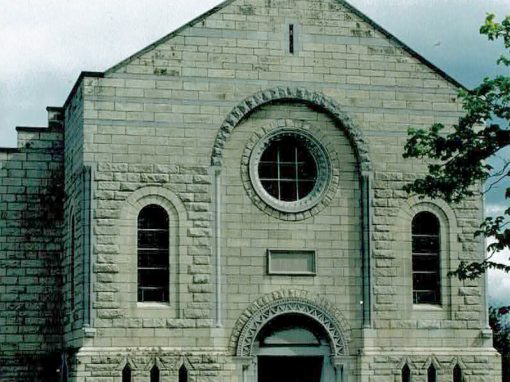
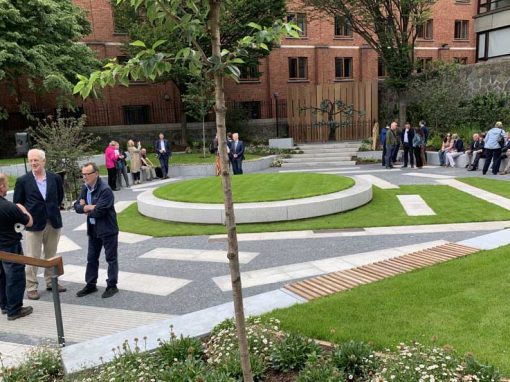
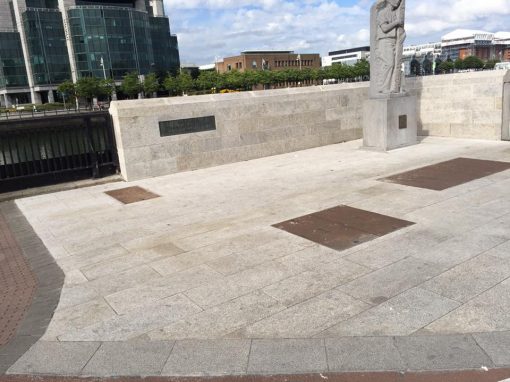
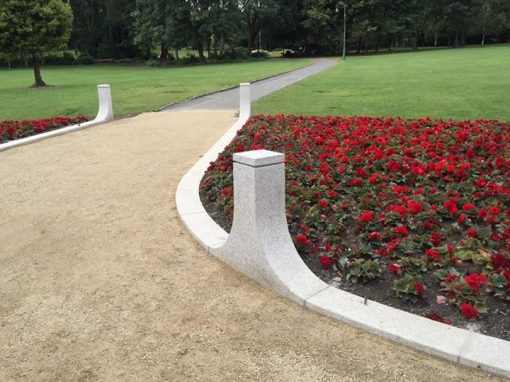
Wicklow Granite
 Architectural stone Monuments, Headstones, Tiling, Wicklow Granite Paving, Seating, Fountains
Architectural stone Monuments, Headstones, Tiling, Wicklow Granite Paving, Seating, Fountains
We first started quarrying Wicklow Granite in 1948 at Granabeg, Near the Village of Hollywood County Wicklow and we still operate the only active Dimension Wicklow granite stone Quarry.
Ryanstone has supplied and worked Wicklow Granite for many prestigious buildings and projects in Ireland the UK and Europe
Pictured below are some of our wicklow granite projects.
Other major projects include Maynooth College, St Patrick’s College Kiltegan, Fairview Church and many more
Wicklow granite from Ryanstone has been used for paving many Dublin Streets and our Paving Sett Cobble was used for paving the at the front of the Central Bank Dublin.
 In addition to our larger projects we also supply Wicklow Granite for any sized projects. Please contact us for quote or if you required any additional information.
In addition to our larger projects we also supply Wicklow Granite for any sized projects. Please contact us for quote or if you required any additional information.
The Wicklow Mountains are famous for granite rock, which has been quarried for hundreds of years. The mountains have been “weathered” (in the Geological Sense) to a depth of 250 Metres or 800/900 feet in some exposed areas.
Its use as building stone before the Industrial was generally from this exposed rock together with wide use of materials left over from the Ice age a mere Ten Thousand years ago not a long time when you consider that the Wicklow mountains were formed about 450 Million years ago. A process that started 500 Million years ago before Ireland as we know it existed for it was then beneath the Ocean.
Church
The Wicklow Mountains stretch from South County Dublin to Wexford and form the largest mass of granite (batholith) in North West Europe.
When the Continental plates of North America and Europe came together about 420 million years ago the resultant pressure caused the rock to rise out of the Ocean forming the Wicklow Mountains.
The pressure created great heat and stress, which was exerted upon Muds sandstones, turning them into new rocks, which included Slates, Schists, and quartzites.
The earth’s molten magma was forced up and cooled slowly beneath the metamorphic rock forming the granite. The slow cooling gives the Wicklow granite its large crystalline appearance.


